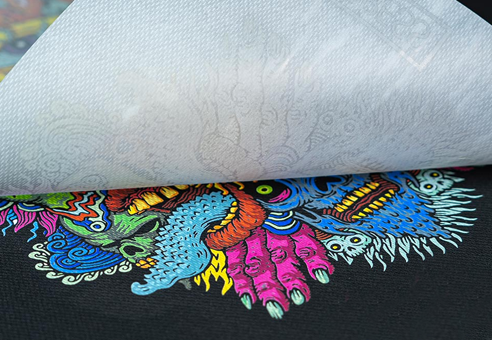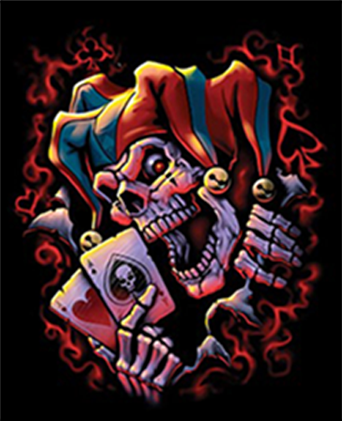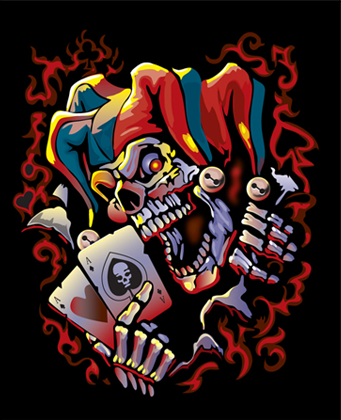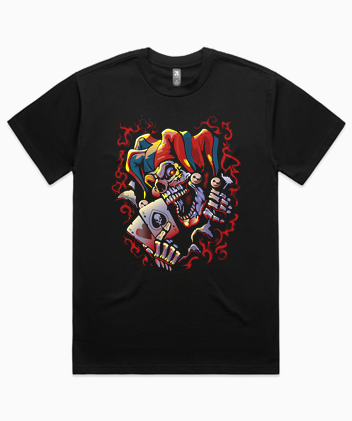What is DTF Printing?
DTF printing is a process in which you would print your design onto a piece of DTF film or DTF transfers, using a DTF powder on it, and then use a heat-press machine or mechanism to transfer the design onto your apparel.

DTF Printing VS DTG Printing
The Price Advantage
So what are some differences between DTF printing and DTG Printing?
The biggest advantage to DTF printing is the cost compared to DTG printing. For one, the equipment required for DTF printing: DTF printer, inks, transfer films, and a heat press. And if you are purchasing the films with your designs preprinted on them, you’ll only need the heat press! Another price difference would be in the ink price. DTG ink is very expensive, especially the white ink that you will often use for a white underbase when printing on darker garments. The price per ounce for DTG ink averages around $4-$9, while DTF ink averages around $0.7-$4.
The Time Difference
The second biggest advantage to DTF printing is the time it takes to print. DTG printing will take 1 hour to print 15-20 shirts, since you need to print line by line. However, DTF printing can print multiple designs on a single transfer to cut down on production time. So you may be able to print about 60 transfer films with the artwork in about 30 min, before applying the design onto the apparel with the heat press.
The Print Quality
The innovative DTF Printing method creates a soft to the touch finish, but has a slight plastic feel when printed on cotton garments. However, when printed on polyester substrates, it would not have that plastic like feel, as it would feel like part of the substrate itself.

Other Differences
Some other differences is that DTF printing can be used on non-cotton based garments such as nylon and polyester, or even objects like cups, sign boards, and other promotional products. While DTG printing would be incompatible with those.
DTG and DTF printing provides a wider range of color vibrancy compared to a printing method such as screenprinting, which is often limited to pantone colors.
DTF also has better durability than DTG, and can be stretched without ruining the quality when it returns to its original shape.
Maintenance of DTF printers are similar to DTG printers, but since they use less ink than the later, you’ll find yourself needing to maintain them less.
What types of files do I need for my Direct to Film Printer?
So how do you prepare your image for your DTF printer? You’ll want a high quality image before printing on your DTF film so you know your print will look good! If your image is not up to clear or is blurry, you want to get it cleaned up! Have Copyartwork.com convert your low resolution image into a clean professional looking one through our vector conversion service!



